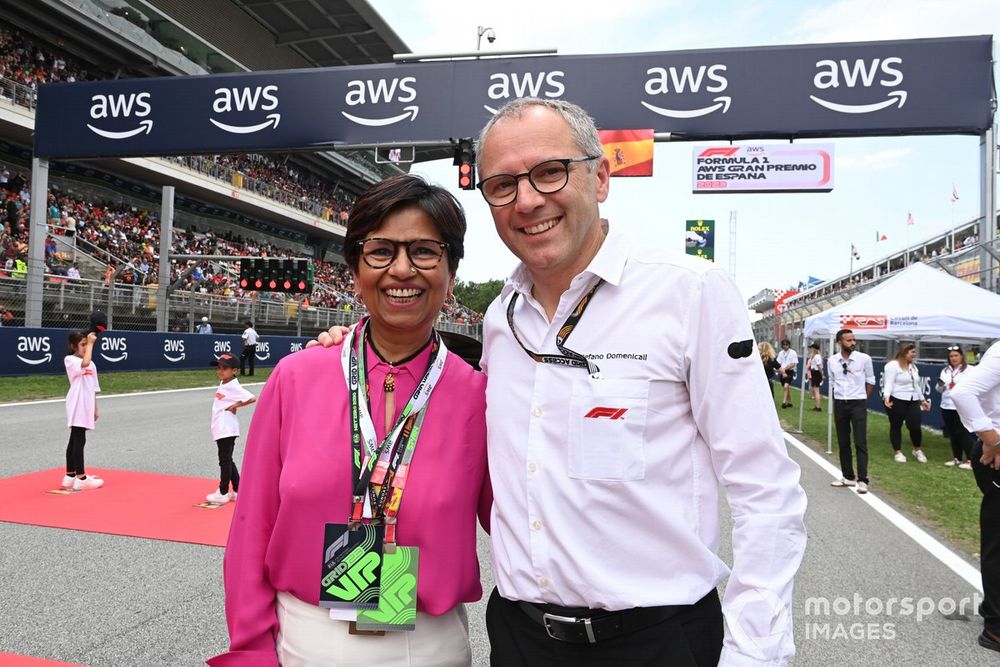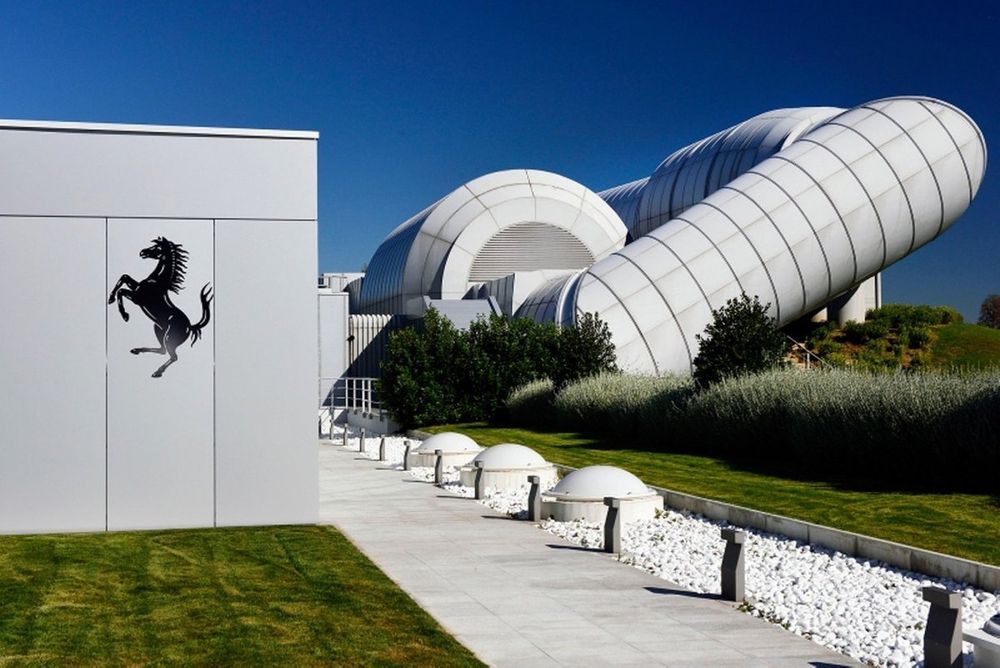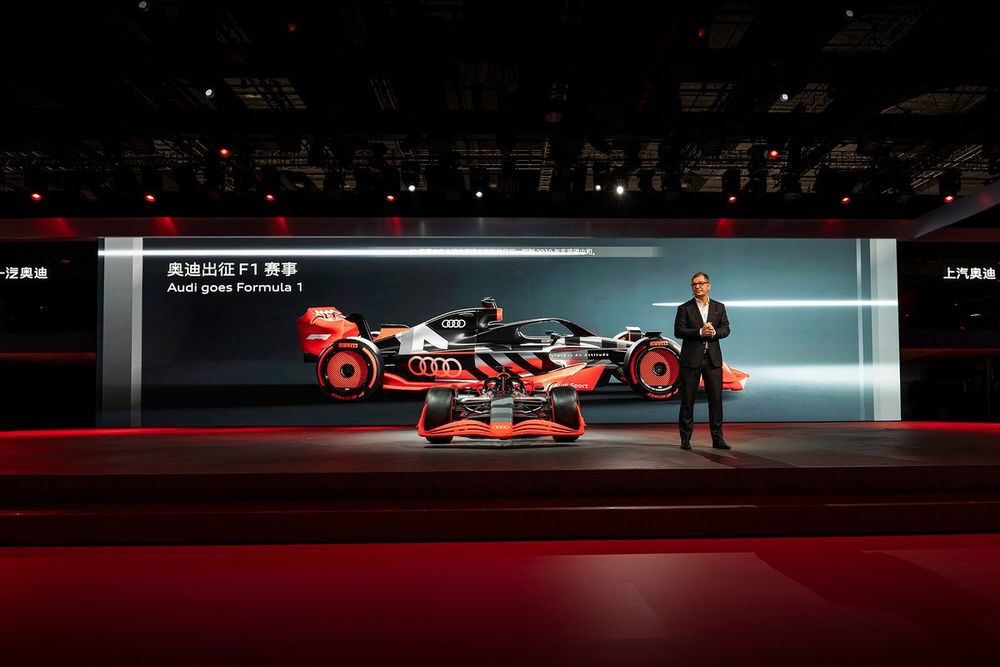
The planned increase in electrification, with a 50/50 power split from the battery and combustion engine, has prompted concerns about drivers running out of energy on the straights and needing to change down gears to recharge.
There has also been some scepticism about whether or not the need for less draggy F1 cars can be achieved without it taking away some of the spectacle.
But behind closed doors, F1 chiefs and the FIA have been quietly working away on putting in place designs robust enough to erase such concerns.
It is why F1’s chief technical officer Pat Symonds recently dismissed the idea that F1 was heading for trouble with the 2026 car plans – as work going on behind the scenes was far more advanced compared to the simulations that teams were currently working off.
“The performance profile of a 2026 car in simulation now doesn't look terribly different to 2023,” he said.
“So all of this thing about hitting the top speed in the middle of the straight, it's not like that anymore.”
Using data
The reason why F1 and the FIA feel so confident is down to the computer processing powerhouse fuelling the CFD simulations that are helping create the new set of regulations.

This is all part of a relationship that F1 has with Amazon Web Services (AWS), which helped create the all-new ground-effect cars that arrived in 2022.
Tapping into AWS’s servers and cloud infrastructure, F1 had on-tap CFD performance that was equivalent to that of a state-of-the-art supercomputer – and for a fraction of the cost.
As Symonds explains, the way things worked out to come up with the 2022 cars has given it faith about where things are heading for 2026.
“For 2022, when we went into it, we knew we had to rely on CFD a lot,” Symonds told Motorport.com.
“Yeah, there was some nervousness about that but, to be honest, problems with CFD in the past have not really been about the software. It's the amount of computing power you can throw at it.
“So it really became quite transformational as we teamed up with AWS. We had to learn together, it wasn't a case of here's a bit of software, you load it and run it. We had to do an awful lot of work to get it working properly. But it did give us this ability to run these incredibly complex models.
“This included what we called our gold standard, of two full cars, running one behind the other in a cornering situation, and a completely unsteady flow. And that exercises the computers a little bit.
“Once we were able to do things like that, yeah, we had some confidence. We are still doing wind tunnel testing, but that has come back and given us even more confidence I would say in the CFD work. So I think the lessons from 2022 are very applicable to 2026.”

Levelling the playing field
What AWS has given F1 and the FIA is the ability for its fairly small team of engineers and aero experts who come up with the rules to have a chance of fighting back against the hundreds of personnel that teams have at their disposal to unpick them.
For while those in the pitlane are now strictly limited in their computing power, thanks to grand prix racing’s aerodynamic testing restriction rules, the sky is really the limit for F1 itself in tapping into AWS’s mighty computing power.
As Dr Neil Ashton, Principal CFD Specialist Solution Architect at AWS, explained: “To transform the sport for what was originally 2021, but eventually became 2022, they created this small team (of experts).
“But they were a small team of five or six people with a goal to essentially produce a new car that normally you would need 50 aerodynamicists or more to do.
“The way I see it with AWS is that we've been there to try and give them everything to equalise it in some ways and give them all the resources they need.”
This manifested itself in the use of AWS servers and cloud computing capacity, which allowed F1 to run the highest fidelity CFD simulations possible.
Before AWS got involved, a single run for F1 was taking around 60 hours. Now, that’s down to 10 hours. But it’s even better than that.

Dr Ashton adds: “That’s a pretty big jump, but it is also a matter of how many they can do simultaneously. They can do 10 of them at once if they wanted to, so it’s not just one job being faster. It’s the ability to submit many different jobs at once.”
And, in reference to what Symonds referred to as the ‘gold standard’ of analysing two cars running close to each other, Dr Ashton thinks it was a game-changing approach in being able to understand the physics at play in close racing.
“Most teams, for obvious reasons, would never really look at two cars, because they always assume they're the front car,” he said.
“When you have to look at two cars, you instantly double the compute. But there's also a pretty big factor in that it's not just one car at a set distance behind, you need to check it from a number of different areas.
“So because they were looking at it from 10, 20, 30 and 40 meters behind the car, it really was a big simulation. And to add to that, they also wanted to look at cornering.
“It was much bigger than I think anyone had really done before in the context of F1 CFD.
“And, without a shadow of a doubt, I think if they hadn't had the AWS resources, I think they really would have struggled to run such a big model.”

The 2022 verdict
While the 2023 cars may not be as good for close racing as the original 2022 versions when they hit the track, that is down to the inevitability of teams having pushed for performance and diverted airflow to places that are not ideal for pursuing drivers.
But although the current cars are not perfect, Symonds says it is important to remember that they are much improved over what we would have now if the regulations had not been changed.
Asked about how different the 2023 cars are compared to the original plan, Symonds said: “In terms of downforce, they definitely got further than we thought they would.
“We deliberately gave the teams an original version [of the 2022 car] at a state of development that was low, because our team is tiny, and their team is huge.
“We knew that that would develop very quickly. And actually, they developed quicker than we anticipated.
“In terms of did we achieve what we wanted in terms of wake control? All the evidence is that the cars that came out in early '22 were actually not far from where we thought they would be: a huge step up from '21.
“We have continued to monitor that. And yeah, there's a little bit of dropping back in terms of wake control, a little bit of increase in terms of load, but still, it is really significantly better than 2021.
“And what you have got to remember is that '21 wasn't a fixed point. It was moving. So had we done nothing, the '23 cars, the '24 cars, the '25 cars would have been even worse following. So we not only pegged it back, we accepted that it was going to change. And we learned.”

Balance success
Symonds also points out that, while it is nigh on impossible to create cars that do not lose any performance when following closely, the current generation are not undriveable in another's wake.
“The one thing we're absolutely certain on, and this is from driver feedback and the data that we see, is that with the 2021 cars, when they were following not only had they lost an enormous amount of downforce, but they were very, very unpredictable.
“With the current cars, the balance is actually very, very good in the wake of another car. Of course you lose some grip, but you don't suddenly get understeer turning into oversteer, and things like that. You know what the car is going to do. So that is an aspect that I am pleased with.”
Symonds said that the most valuable lesson F1 took on board through its work with AWS was in focusing on the impact that car designs had on following cars – as that was critical to racing.
However, he says that it is important rules are not too restrictive for the teams as they need to have freedom to chase performance. And, as everyone looks to 2026, he hopes that the ambitions of rule makers and competitors can be fully aligned.
“The important thing in developing the 2022 car from an aerodynamic point of view was to understand what was important for the following characteristics and make sure that those things weren't destroyed.
“But it was also to give the teams enough area to play with because initially, they all said it was too prescriptive. Now, even Adrian [Newey] says, ‘Yeah, there is quite a lot you can do.’ We knew that all along, because we had lived with the thing for a few years.

“With the 2026 car, the ambition there is to try and achieve something whereby the objectives of the teams are the same as our objectives.
“With the 2022 cars, the objective of the teams was to outwash and ours was to in-wash. We're working now on areas where we hope that the two can go in stride. So there is a lot going on.”
Laughable past
While there is still a long way to go before the 2026 cars hit the track, and almost certainly some hurdles to overcome, it is fair to say that the technology F1 uses to evaluate rule changes now is a world away from how it was in the past.
And Symonds’ eyes roll when he thinks back to the failure of the 2009 rules, which was the previous time that F1 had radically overhauled the car design with the aim to improve overtaking.
“I was doing that project and, to be honest, if an MSc student had done that for his final year project, I would say, not bad, but no more than that,” said Symonds. “I mean, it was laughable really.
“It was nearly all wind tunnel testing. It was incredibly low finance and it was very naive. The regulations that were written, even as a result of the research that we did, were very poor. And that was something I learned as well.
“I think it was significant that the worst 2009 cars were produced by the three people who were involved in the Overtaking Working Group because as we wrote the set of regulations, we knew what we meant.

“Everyone else said, ‘these are not very good as we can do this, that and the double diffuser and all sorts of things.’ And that was a big lesson for me.
“So when we did the 2022 car, we got to a point where we released the first model of it and then we also put back on our team hats and said, ‘right, how can we get performance out of this car? How can we break the rules?’
“And that did lead to a few little tweaks where we said, ‘oh crikey, we hadn't realised that area is pretty sensitive, so we need to just revise the regulations there a little bit.’ But generally, actually, it wasn't too bad.
"That was a real lesson from 2009, I think. And there is no comparison to the sophistication of what we did for 2022 compared to 2009. One was prehistoric.”







